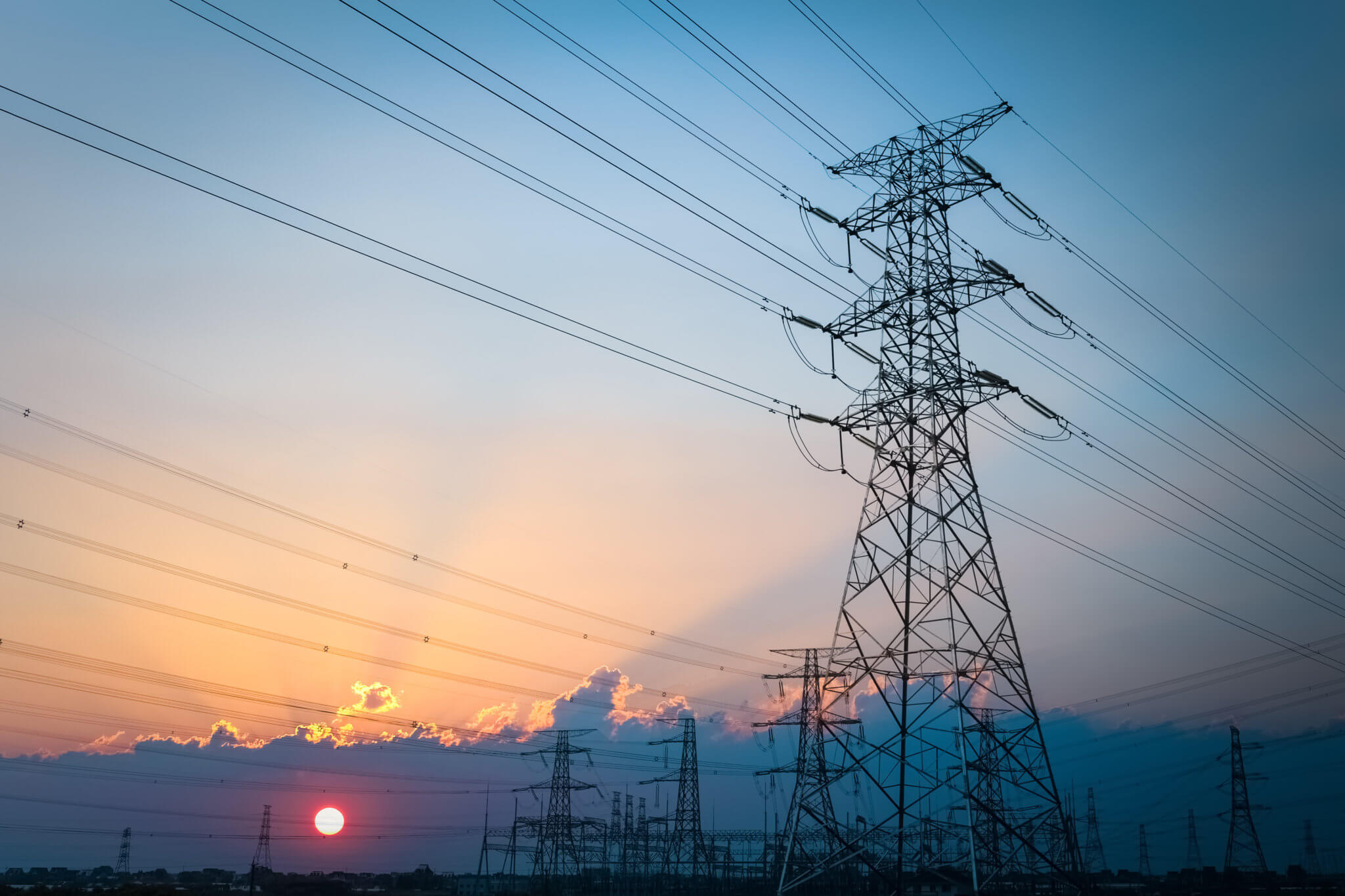New study: Transmission policy would unlock clean energy growth
Building just 22 high-voltage transmission lines that are currently on hold in the U.S. could increase national wind and solar generation by 50 percent and create approximately 1.2 million jobs, according to a new study from Americans for a Clean Energy Grid (ACEG).
The report, titled Transmission Projects Ready to Go: Plugging into America’s Untapped Renewable Resources, identifies 22 projects currently stalled because the nation lacks the right policies to recover costs of the large-scale interregional transmission needed at the national scale. These shovel-ready projects would unlock roughly 60,000 megawatts (MW) of new renewable energy capacity, but policies relating to how long-range transmission is planned, paid for, and permitted are needed for these to move ahead.
The ACEG report recommends several policy changes, including the passage of a transmission investment tax credit; direct investment in new transmission lines, with the federal government serving as an “anchor tenant” customer; FERC using its authority to reform transmission planning and cost allocation; and streamlining and expediting the permitting process. Notably, this analysis also comes at a time when the new Biden Administration is working to pass a large $1.9 trillion infrastructure plan.
“Transmission may be the purest form of ‘infrastructure’ in a modern economy. The backbone transmission network supports all types of electricity production, and electricity supports every aspect of modern life, including increasingly transportation and all forms of commerce,” said Rob Gramlich, Executive Director of Americans for a Clean Energy Grid. “Transmission is finally in the conversation about infrastructure and for good reason. We do not have a functioning way to recover costs of the large-scale interregional transmission that we need, and it is an appropriate subject for infrastructure legislation. These projects can put people to work in the near term.”
The Biden administration has already shown transmission expansion is one its priorities, with the Department of Energy recently announcing new financial tools to help build high-voltage electric transmission lines. The Department of Transportation is also issuing new guidance that will enable the use of existing rights-of-way to facilitate the siting of transmission lines.
Transmission is also considered a public good with investment benefits widely felt across industries and consumers. Dozens of studies from grid operators, national laboratories, and others have found transmission investment provides large net benefits several times greater than its cost. The Southwest Power Pool, which operates the power grid across 14 states, found that its recent investments in transmission returned benefits exceeding the cost by a factor of 3.5. Likewise, the Midcontinent Independent System Operator, which operates the power grid across 15 states, found that its investments in transmission yielded a benefit-to-cost ratio of between 2.2 and 3.4.
So not only is investment in transmission needed to vastly accelerate the deployment of clean energy in an increasingly electrified and digitized economy, but it is a wise investment that makes our entire power system more reliable, affordable, resilient, and cleaner.
For more information, click on this link to access the full report.

